Wandering Through Time: Unveiling the Secrets of the Enigmatic Dead Woman’s Pass
Venture into a world where every step echoes with ancient tales and every breeze whispers forgotten secrets. Following the footsteps of the Incas, the Inca Trail hike uncovers the stories etched into the mountainsides and the spirits lingering in the winds. At the heart of this adventure lies the enigmatic Dead Woman's Pass – a place where history and mystery dance in a timeless embrace.
The Enigma of Dead Woman's Pass
Dead Woman's Pass, or 'Warmiwañusca' in the local Quechua language, is the highest point on the Inca Trail hike, standing at an impressive 4,215 meters above sea level. The pass gets its name from the silhouette of a woman lying down that is formed by the surrounding mountain peaks. This silhouette is visible from certain angles and has become a symbol of the pass, adding to its mystique and allure.
The pass is not only a geographical landmark but also a cultural one. It is steeped in history, with many stories and legends associated with it. Some believe it to be a sacred site where the Incas performed rituals and ceremonies, while others see it as a gateway to the spiritual world.
Cultural Exploration and Historical Significance
The journey to Dead Woman's Pass is a cultural exploration in itself. The trail is lined with Inca ruins, each with its own story to tell. These ruins provide a glimpse into the lives of the Incas, their beliefs, and their architectural prowess.
One of the most notable ruins along the trail is the Runkurakay ruin, a circular structure believed to have been a tambo, or rest stop, for Inca messengers. Another is the Sayacmarca ruin, a fortress-like structure with a strategic location overlooking the Aobamba valley.
The ruins are not just historical artifacts; they are also architectural marvels. The Incas were known for their stonework, and these ruins are a testament to their skills. The precision with which the stones are cut and fitted together, without the use of mortar, is truly remarkable.
The Journey to Dead Woman's Pass
Hiking the Inca Trail and conquering Dead Woman's Pass is challenging but rewarding. The trail is steep and rugged, with a series of switchbacks that test your endurance. But the breathtaking views and the sense of accomplishment when you reach the top make it all worthwhile.
The best time to undertake this hike is during the dry season, from May to September. The weather is more predictable during this time, making the hike safer and more enjoyable. However, it's important to note that the trail is closed in February for maintenance.
Before embarking on this journey in Peru, it's essential to acclimatize to the high altitude. Spend a few days in Cusco or another high-altitude city to allow your body to adjust. Also, ensure you have the necessary gear and supplies, including sturdy hiking boots, warm clothing, and plenty of water.
A hike with the Ancients
Explring the Inca Trail and racing the summit of Dead Woman’s Pass is more than a hike; it’s a communion with the past, a chance to unravel the mysteries of the Inca civilization, and an immersion into the untamed beauty of the Andes. So, tie up those laces, fuel your wanderlust, and step into a journey through time and tales.

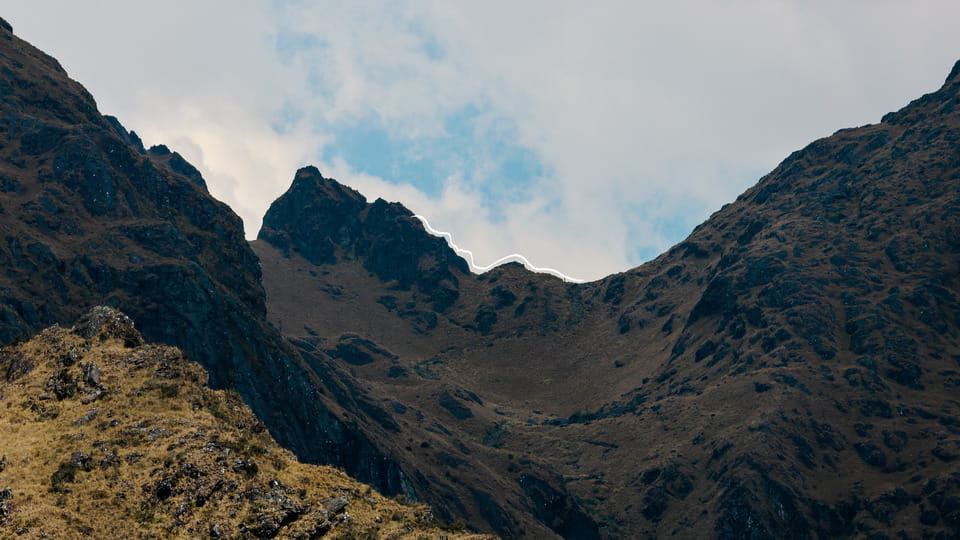
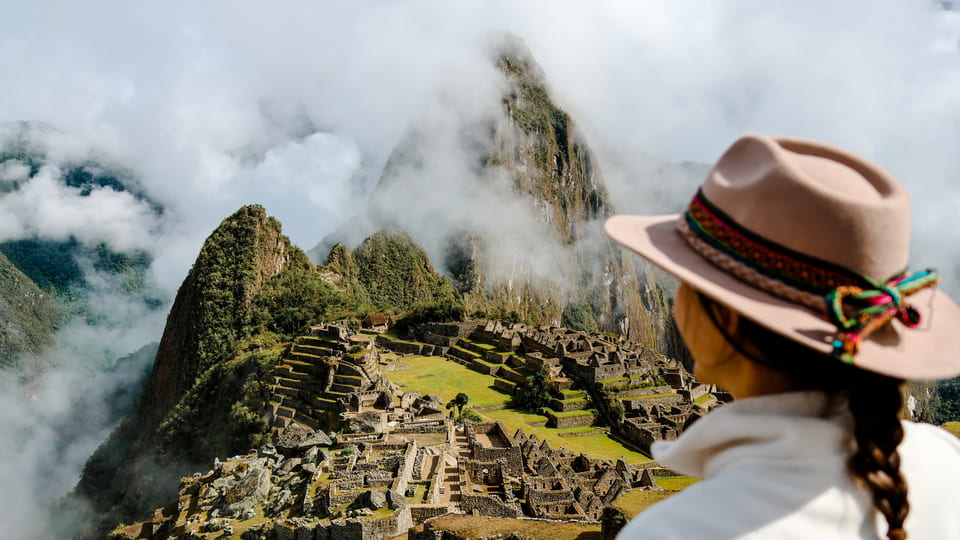
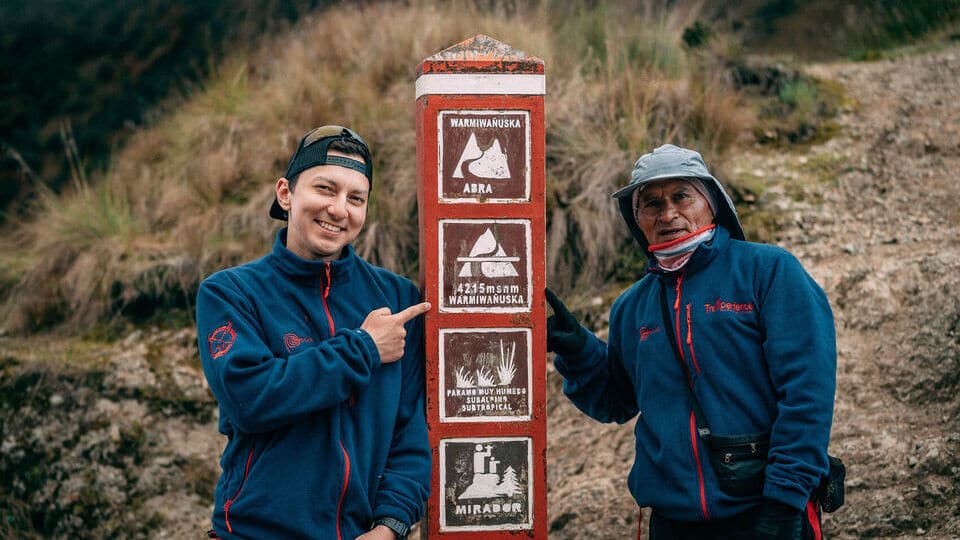
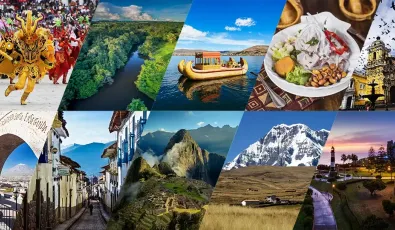
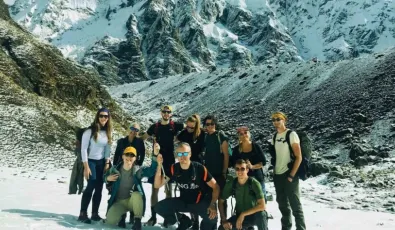
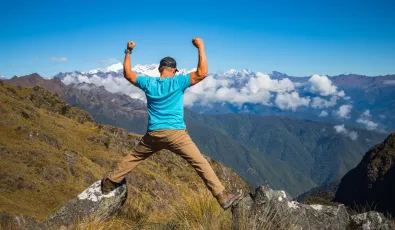
Añadir nuevo comentario